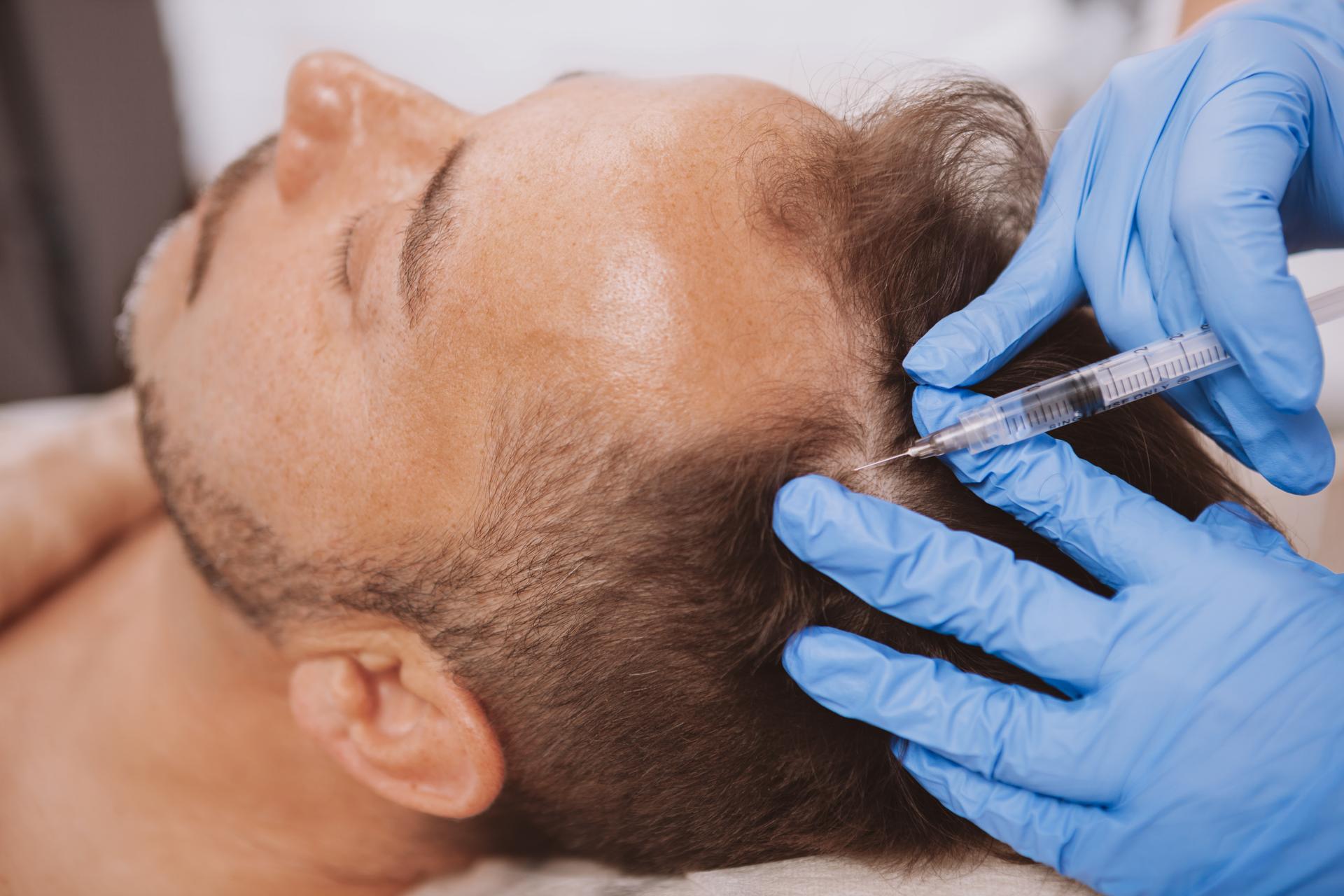Hair loss affects a significant portion of our population, and pattern baldness is the leading cause of hair loss among men. It’s prevalent among women also but to a comparatively lesser extent. Several people opt for hair transplants as it’s the most suitable way to re-grow your hair and the procedure is quite hassle-free. When a trained specialist performs a hair transplant, side effects are almost zero with minimal to no risk factors.
If you are contemplating getting a hair transplant, you must know the essentials of the entire process before finalizing your treatment date. So, before taking the plunge, this article will help you learn everything you need to know about hair transplant procedures.
See Also: Do Hair Transplant Treatments Leave behind Any Scars?
Six Essential Things You Need to Know About Hair Transplant before Opting for It
1. It’s a Relatively Risk-Free Procedure
Hair transplant essentially involves uprooting the hair, complete with follicles and roots, and then transplanting it in a place that lacks hair. Your hair restoration doctor extracts it from the part of the scalp with healthier hair growth. This area is the donor site, while the site experiencing hair thinning is the recipient area. The specialist then implants this hair from the donor site to the recipient area. The entire process is a non-invasive surgical procedure. There are minimal cuts or sutures involved, and the process takes a few hours to complete. The procedure can be used to restore hair in other areas of your body, including your brows, eyelashes, etc.
2. Your Age Is a Determining Factor in the Procedure
Before settling for any cosmetic or medical procedure, the goal is to ensure maximum benefits and minimum side effects from the treatment plan you select. So, at what stage should you get a hair transplant? For the procedure to be successful and maintain proper looks and aesthetics, medical professionals believe post 25 years is the appropriate age for a transplant. By then, the hair fall rate has stabilized significantly, and it’s easier for the surgeon to gauge how much grafting the patient needs. If patients opt for the operation at a younger age, they may continue to lose hair since hair loss is a progressive condition.
3. The Transplant Results May Depend on Your Hair Quality
A point of contemplation before opting for any treatment is the success rate of the process. Hair transplant results depend on the hair quality of the patient. If the hair from the donor area is sparse and weak, there is a chance the recipient area will have the same hair quality.
4. The Original Hair and the Transplanted Hair Be Treated Similarly
The newly grafted hair does not require any special treatment. Once grafted, it starts growing in the new area like normal hair. Over time, the length and texture will get adjusted. You can then treat and style your hair in any way you want to. However, with age, your overall hair may experience thinning. In that case, the density of your transplanted hair will change as well.
5. Your Hair Transplant Lasts a Lifetime
One advantage of this procedure is that the transplanted hair is permanent. Some patients may need a second hair transplant session. Additionally, patients undergoing some form of treatment or illness post-procedure may lose their transplanted hair. However, if the patient is free of other ailments, the transplants are typically life-long. The hair transplant cost differs according to the procedure the minimum price for any hair transplant is $4000, while the maximum can be anywhere between $10,000 to $15,000. There are two types of processes, FUT and FUE. The former is comparatively affordable, as compared to FUE.
See Also: FUE vs. FUT Hair Transplant – What Are the Differences?
Despite hair restoration treatment being a fairly non-invasive procedure that involves minimal risks, both FUE and FUT have certain side effects. For example, FUT procedures generally cause a linear surgical scar from where the donor’s hair was taken. In contrast, FUE might leave small dot-shaped surgical scars. The healing time in a FUT procedure is longer, whereas FUE takes around 1 to 2 weeks. Whether you choose to have FUE or FUT will depend on several factors which you’ll need to discuss with your hair transplant doctor.
Hair transplants can yield the best results when done by a specialist. If you are residing anywhere in NJ and thinking about going for a hair transplant procedure, do not hesitate to contact us at New Jersey Hair Restoration Center! We offer the best hair transplants in Freehold, NJ. Book a session with our specialist to discuss the specifics.


